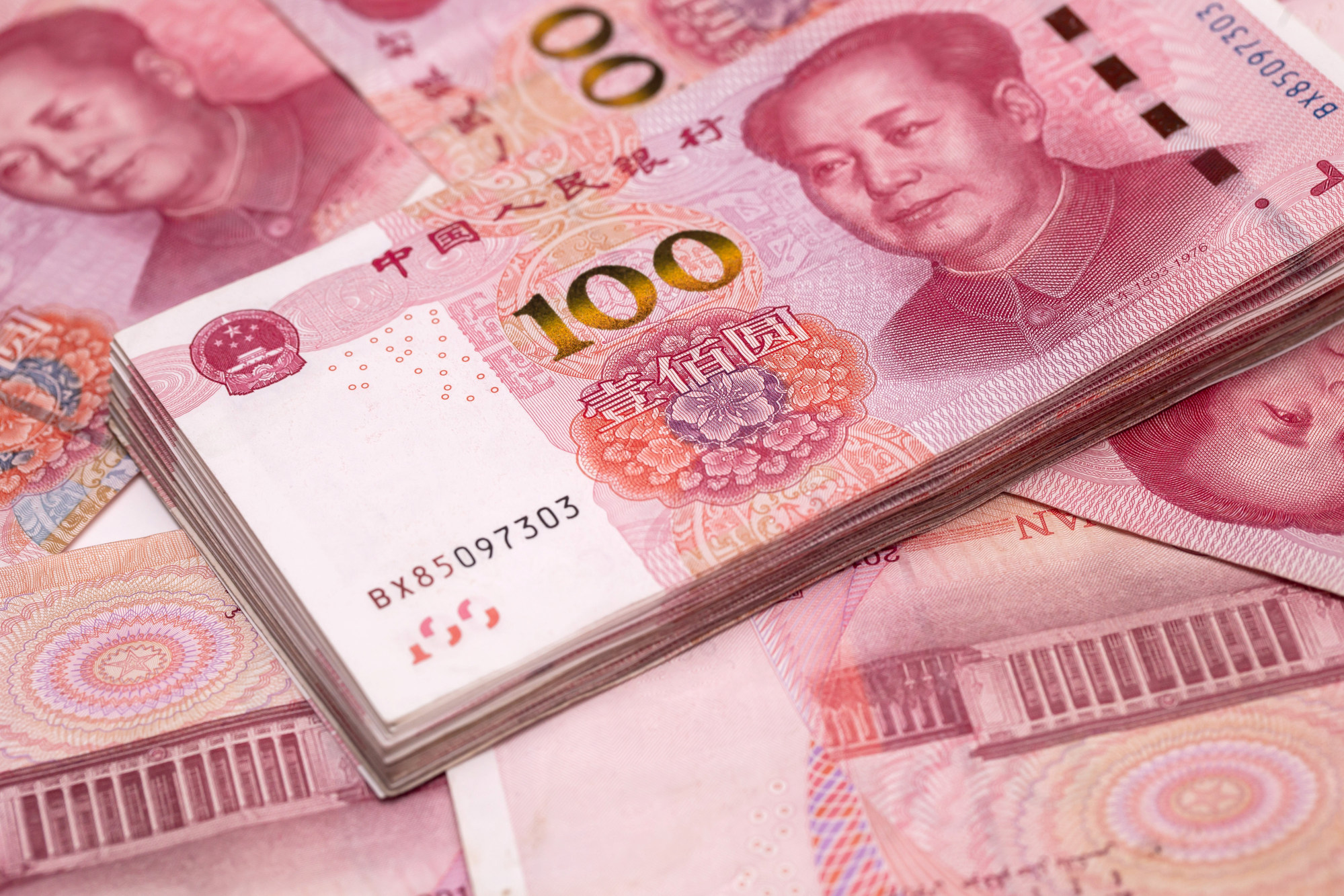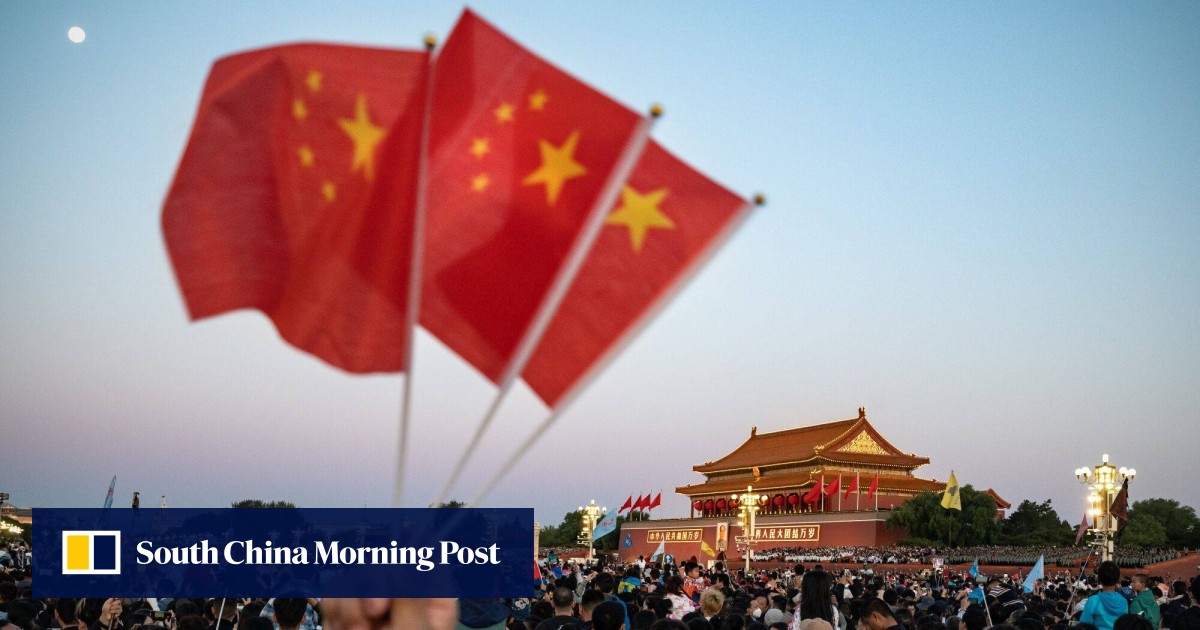If the central bank is struggling to steer loans towards consumers and companies, there are ways it can support fiscal spending instead. Analysts expect the PBOC to slash its reserve requirement ratio (RRR) in the coming weeks, allowing banks to buy the bonds that Beijing is about to issue.

The PBOC is also expected to make a small cut in its key lending rate by the end of June, according to a Bloomberg survey last month.
“Money supply growth has been slowing for quite a while, and the drivers are insufficient demand, weak market confidence and idling financial resources,” Everbright Securities analysts including Gao Ruidong wrote in a report on Monday. “The second quarter is still a potential window for cuts to the reserve requirement ratio and interest rates.”
The credit decline was just one in a slew of disappointing data releases since markets closed on Friday. It followed weak consumer inflation, another drop in factory-gate prices, and a 56 per cent plunge in foreign direct investment into China last quarter.
The Communist Party’s 24-man Politburo at a meeting last month called for “flexible use” of policy tools including interest rates and the RRR to lower funding costs, boosting expectations for more monetary support to meet the target of around 5 per cent economic growth this year.
One worry for China’s central bankers is that further monetary easing would widen the interest-rate gap between China and the US – where the Federal Reserve is increasingly expected to keep its policy tight – and thus weaken the yuan.
The PBOC may now be ready to act anyway, according to Becky Liu, head of Greater China macro strategy at Standard Chartered Bank.
“The odds are now rising for additional monetary policy easing to come in the near term regardless of the Fed,” she said, adding that a reserve-requirement cut may be announced to accompany the Finance Ministry’s bond sale.
Other analysts forecast various permutations of cuts to the RRR and the central bank’s main interest rate. In a report on Monday, Xing Zhaopeng at Australia & New Zealand Banking Group predicted that the former may come this month, while the latter may have to wait until “depreciation pressure” on China’s currency is alleviated. Goldman Sachs forecasts a 25-basis point RRR cut in the second quarter.
The problem confronting the PBOC is one other central banks have faced in recent decades, sometimes called “pushing on a string.” Essentially, it’s hard to spur more borrowing via lower rates when households or businesses have been hit by an asset-price slump and simply do not want to take on debt.
China’s weekend data showed that medium and long-term loans to households, a proxy for mortgages, contracted by the most on record – meaning that more mortgages were repaid than taken out. Medium- and long-term loans to companies, a measure of their readiness to invest, also weakened from a year earlier.
The numbers came hours after the PBOC, in its latest monetary policy report, said slower credit growth was sufficient to support the economy. Officials have stepped up efforts to rein in arbitrage – companies taking out loans and channelling them into deposits – which analysts said also contributed to the decline.
While the April credit data was disappointing, it did not reflect a “sharp deterioration in the underlying demand” in the economy, according to Larry Hu, an economist at Macquarie Group, who pointed to strong trade data and car sales. “Policymakers would continue to rely on exports as well as new energy-related investment to drive growth,” he said.
Some analysts also noted a change in statistical methods that may have reduced incentives for banks to push for stronger loan and deposit growth. The National Bureau of Statistics and the PBOC revised their estimates for the financial sector’s value added to include indicators such as banks’ net interest income starting from the first quarter of this year, according to local media reports.
Along with the credit figures, China also released price indices on Saturday that showed the economy remains vulnerable to deflationary pressures. Consumer prices inched up 0.3 per cent from a year earlier, while producer prices extended a slide that dates back to late 2022.

